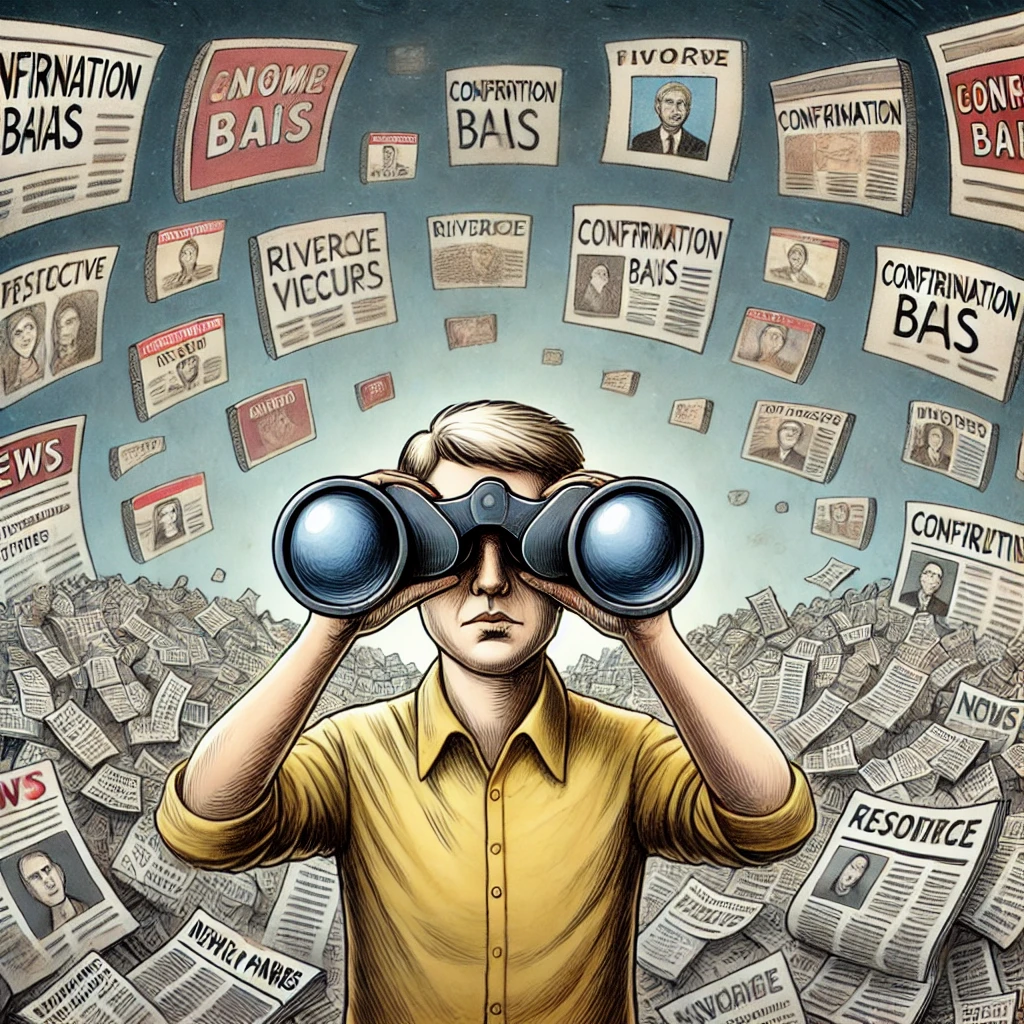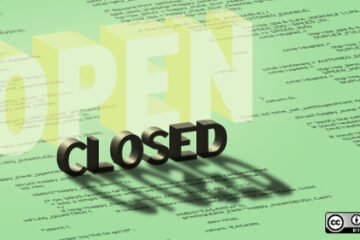 Organizational Imbalance: Understanding the Concept and Its Implications
Organizational Imbalance: Understanding the Concept and Its Implications
Introduction
Organizational imbalance refers to the misalignment between an institution’s stated intentions, policies, and operational realities. This phenomenon occurs when there is a discrepancy between an organization’s mission, values, and execution, leading to inefficiencies, ethical dilemmas, and reduced public trust. Unlike simple dysfunction, organizational imbalance is often subtle, systemic, and persistent, making it a critical issue for long-term institutional health.
This article explores the concept of organizational imbalance, its root causes, and how it manifests within institutions. We also propose a framework for identifying and addressing imbalance, ensuring that organizations remain adaptive, ethical, and effective.
Defining Organizational Imbalance
Organizational imbalance can be conceptualized as the persistent misalignment between an organization’s core pillars:
- Stated Mission vs. Actual Operations – A divergence between what an organization claims to prioritize and its real-world actions.
- Strategic Goals vs. Execution – A gap between long-term strategic ambitions and the policies or behaviours that drive daily decision-making.
- Ethical Commitments vs. Business or Political Pressures – A tension between ethical frameworks and financial, competitive, or political incentives.
- Centralized Authority vs. Decentralized Innovation – The challenge of balancing top-down control with grassroots adaptability.
- Short-Term Performance vs. Long-Term Sustainability – The pressure to deliver immediate results at the cost of future stability.
Key Characteristics of Organizational Imbalance
- Systemic Contradictions: Conflicting priorities within policies, leading to operational inefficiencies or ethical compromises.
- Internal Dissonance: Employees experience confusion or disengagement due to inconsistent messaging from leadership.
- External Perception Issues: Stakeholders, customers, or the public detect inconsistencies, leading to erosion of trust.
- Decision-Making Bottlenecks: Centralized control that inhibits local or departmental adaptability.
- Misallocated Resources: Short-term financial incentives that undermine long-term institutional growth and resilience.
Why Organizational Imbalance Occurs
1. Structural and Cultural Rigidities
- Large organizations often become bureaucratic, making it difficult to implement adaptive changes.
- Institutional inertia prevents organizations from acknowledging necessary transformations.
2. Conflicting Incentives
- Executives are often incentivized by short-term profitability, discouraging long-term investment in sustainability or ethical considerations.
- Regulatory compliance may encourage risk aversion, stifling innovation and responsiveness.
3. External Pressures and Political Influences
- Governments, corporations, and non-profits are subject to political and public pressures that may force inconsistent decision-making.
- Media narratives and public relations concerns may lead to performative, rather than substantive, ethical commitments.
4. Fragmentation and Silos
- Different departments or teams within an organization may operate with conflicting mandates, leading to inefficiencies.
- Poor internal communication can result in different interpretations of organizational priorities.
Impact of Organizational Imbalance
1. Loss of Trust and Credibility
- Public and stakeholder confidence diminishes when organizations fail to uphold their stated values.
- Case Study: A sustainability-focused corporation caught engaging in environmentally harmful practices will likely face severe reputational damage.
2. Reduced Employee Engagement and Productivity
- Employees disengage when they perceive hypocrisy or inconsistency in leadership.
- High turnover rates occur when workers feel their ethical concerns are ignored.
3. Strategic and Financial Instability
- Organizations that prioritize immediate profits over sustainability may experience long-term operational risks.
- Example: A company neglecting R&D for short-term stock gains risks future obsolescence.
4. Regulatory and Legal Risks
- Inconsistent compliance with laws or ethical standards increases vulnerability to legal scrutiny and fines.
- Example: A tech firm advocating privacy rights while secretly monetizing user data may face lawsuits or government intervention.
Addressing Organizational Imbalance: A Path Forward
Step 1: Internal Audit and Self-Reflection
- Conduct organizational alignment reviews to compare stated mission with real-world execution.
- Use employee and stakeholder surveys to assess perceived gaps in strategy vs. reality.
Step 2: Establish Transparent Communication and Accountability
- Ensure that leadership is held accountable for inconsistencies in decision-making.
- Create open feedback channels where employees and stakeholders can voice concerns.
Step 3: Align Incentive Structures
- Reform executive compensation to reward long-term sustainability over quarterly profits.
- Introduce ethics-based KPIs to evaluate the organization’s adherence to its core principles.
Step 4: Increase Decentralization and Adaptive Capacity
- Allow regional or departmental autonomy to address local or sector-specific challenges.
- Encourage pilot programs to test new initiatives before large-scale implementation.
Step 5: Implement Continuous Evaluation and Course Correction
- Establish a regular review process to monitor organizational alignment.
- Adapt internal policies based on real-world outcomes rather than fixed strategic assumptions.
Conclusion: Balancing Stability and Adaptation
Organizational imbalance is not a flaw—it is an inevitable challenge that requires constant recalibration. By recognizing, diagnosing, and addressing imbalance proactively, organizations can maintain stability while remaining agile, ethical, and sustainable.
In a rapidly evolving world, institutions that master this balance will not only survive but thrive, setting a new standard for integrity, innovation, and long-term success.





0 Comments